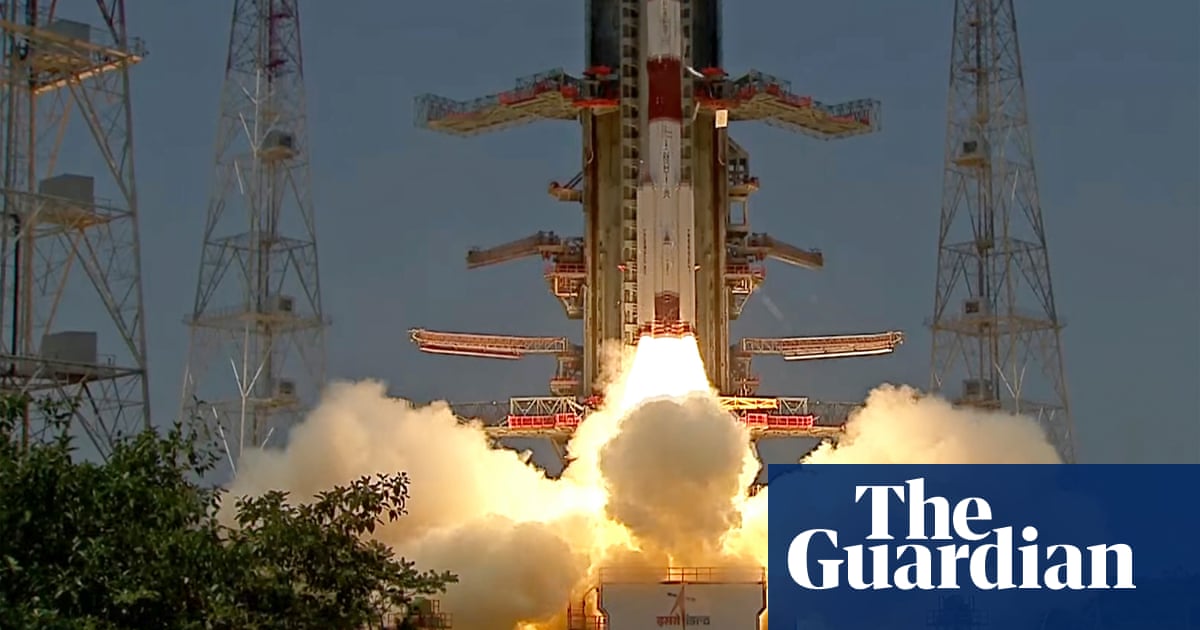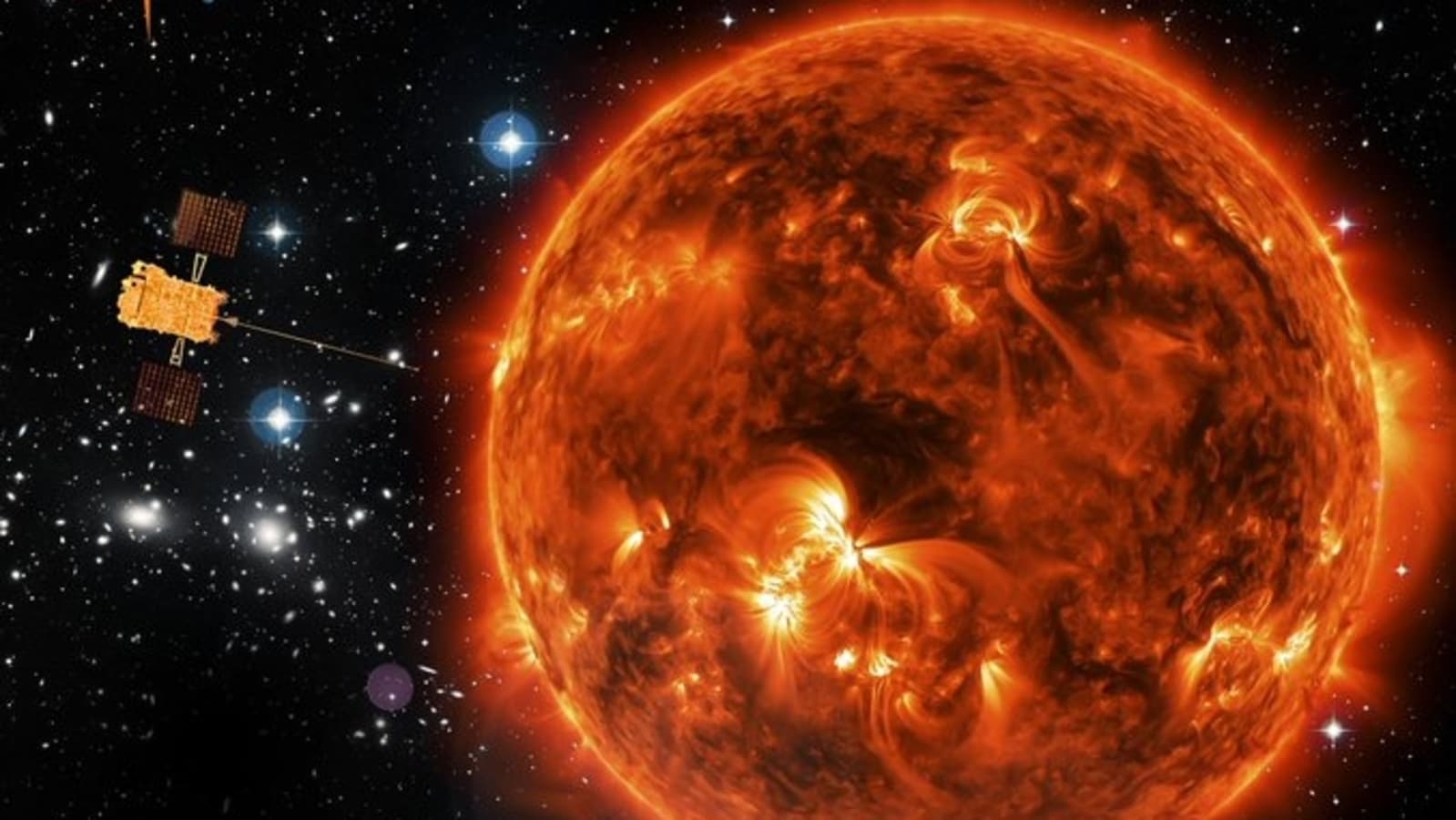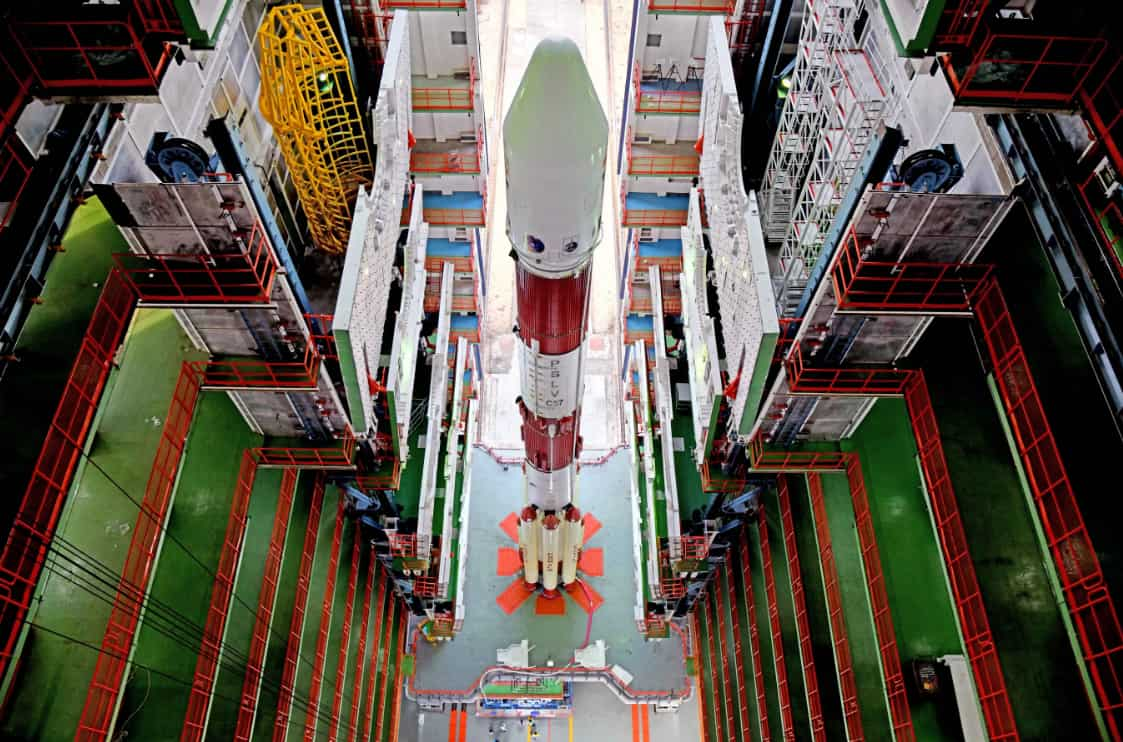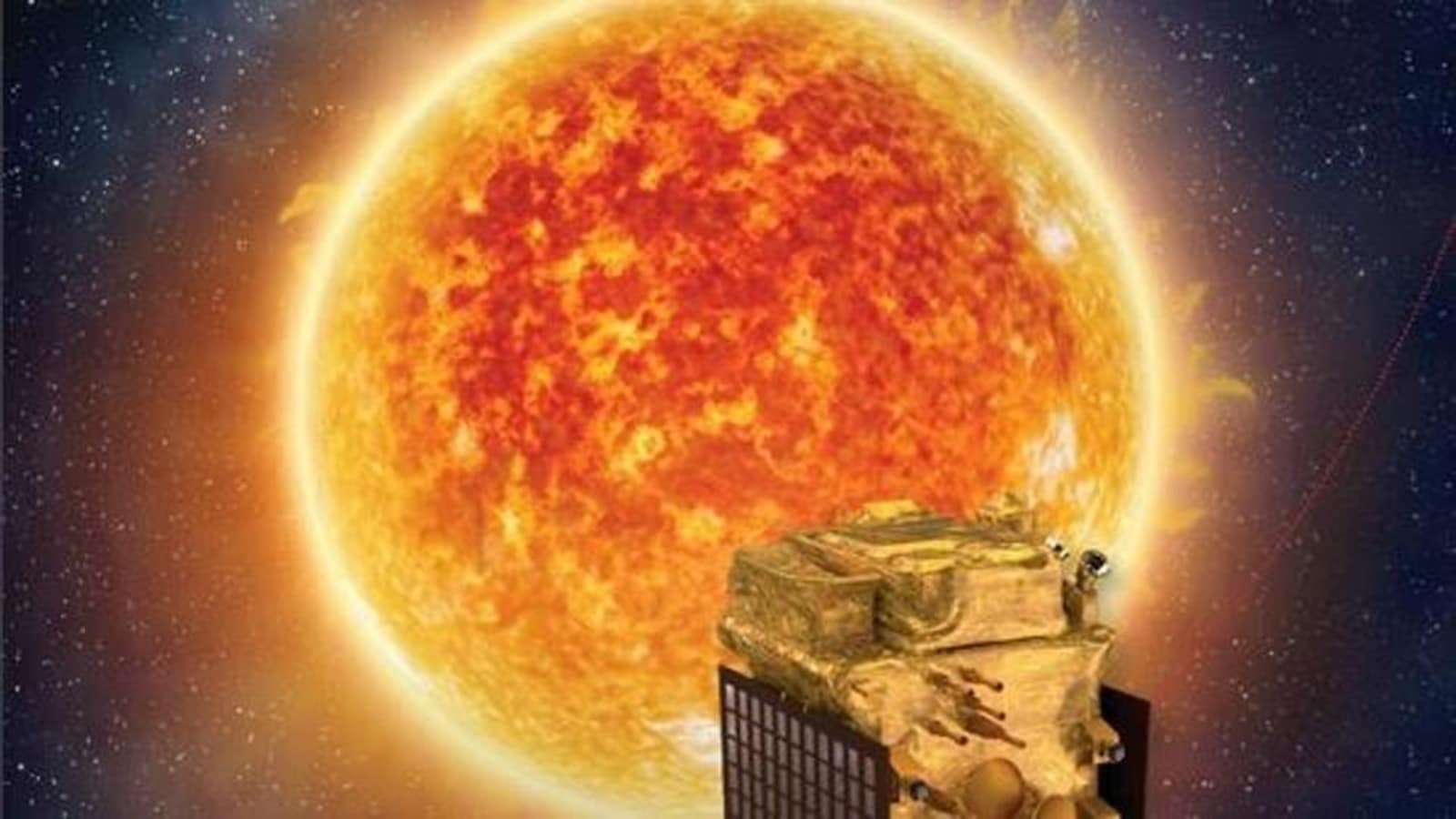ajay0
Well-Known Member
India successfully launched the Aditya mission to study the sun on September 5,2023.
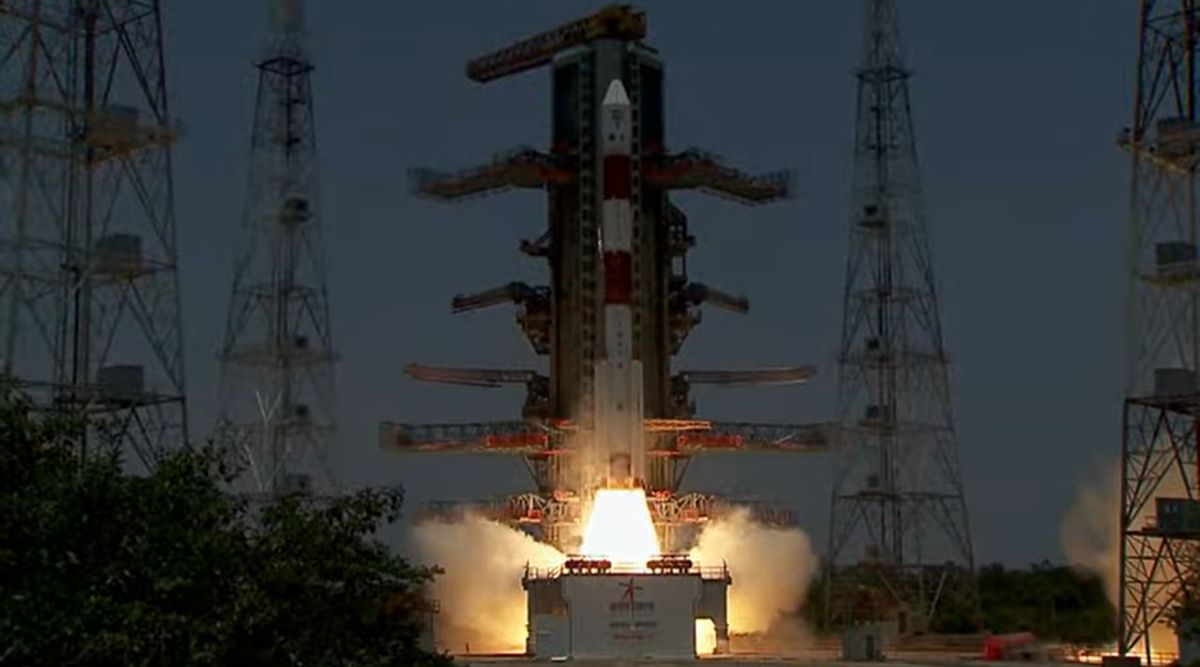
 indianexpress.com
indianexpress.com
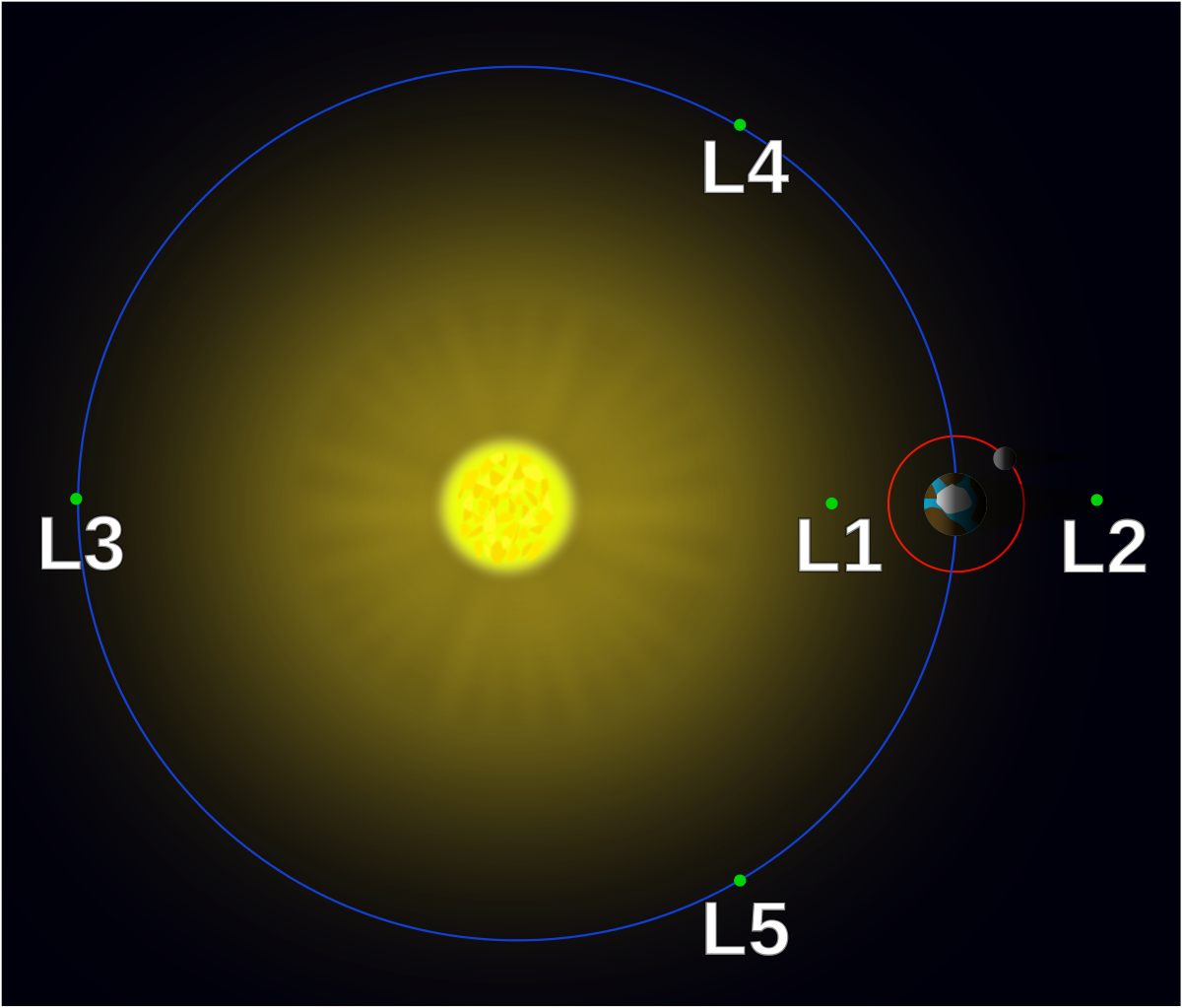
 en.wikipedia.org
en.wikipedia.org

ISRO Aditya L1 launch highlights: Launch successful as satellite separates from PSLV
Aditya L1 mission highlights: India's first solar mission, Aditya L1 launched today. After a four month journey, it will study solar activity and its effect on Earth, other planets and space weather.
The Aditya L1 mission will take an approach similar to the Chandrayaan-3 mission. It will first get into an Earth orbit and from there, it will go higher and faster until it eventually puts itself on a path to its final halo orbit around the first Lagrange point (L1) of the Earth and the Sun. The Lagrange point is a convenient vantage point for the probe because being around it would mean that it can remain in the same position without using a lot of fuel. This is also why the National Aeronautics and Space Administration (NASA) placed the James Webb Space Telescope at the second Lagrange point. (L2)
Off the back of a successful launch on the PSLV rocket, the Aditya L1 mission now has a 120-day mission ahead of it. In those four months, the spacecraft will first raise its orbit around Earth multiple times till it is in position to leave Earth's sphere of influence. After that exit manoeuvre, it will cruise towards the L1 Lagrange point till it reaches nearby and puts itself in a halo orbit around it.

Lagrange point - Wikipedia
Normally, the two massive bodies exert an unbalanced gravitational force at a point, altering the orbit of whatever is at that point. At the Lagrange points, the gravitational forces of the two large bodies and the centrifugal force balance each other. This can make Lagrange points an excellent location for satellites, as orbit corrections, and hence fuel requirements, needed to maintain the desired orbit are kept at a minimum.

